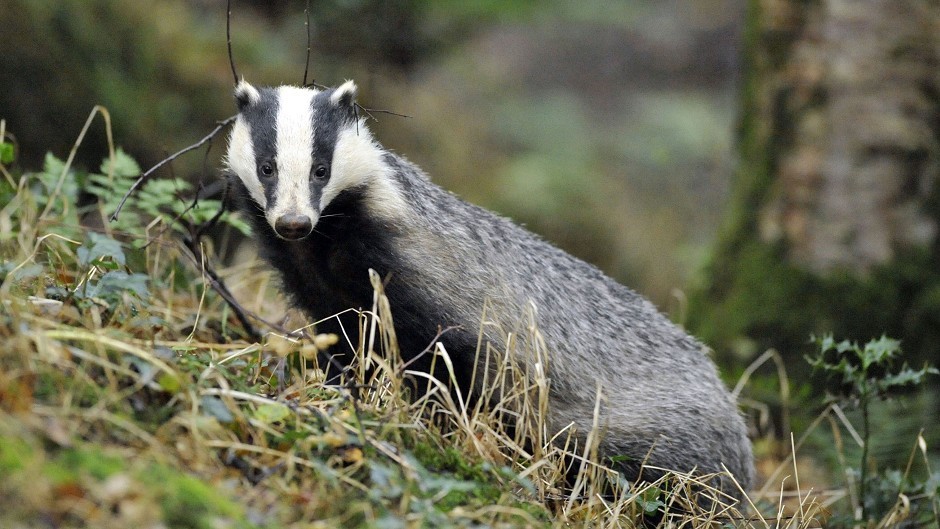Bovine tuberculosis (TB) is much more frequently transmitted from badgers to cattle than from livestock to the wild animals, a study has found.
The long-term genetic analysis of TB in an area of Gloucestershire also found that the disease passes between members of the same species at least twice as often as it does between badgers and cows.
Scientists behind the research say that if the situation is similar in other areas, efforts to control the disease need to target both cattle and badgers.
They say the study is the first time they have been able to look directly at how the two species interact in spreading the disease to each other.
The researchers used data from an undisturbed population of badgers in Woodchester Park in Gloucestershire and nearby cattle farms, where TB is known to occur frequently in livestock and badgers.
They analysed the whole genetic code of TB-causing bacteria from 230 badgers and 189 cattle, and combined it with data on where the cattle and badgers lived, when they were infected and if they could have had contact with each other.
They found the badgers played an important role in maintaining infection in the area, with cattle about 10 times more likely to catch TB from badgers than badgers are to catch it from cows.
But both species are involved in transmitting the disease to each other and within each population.
Professor Richard Delahay, wildlife biologist from the Animal and Plant Health Agency (Apha), said: “What the study shows in this area, both species are involved, you’ve got transmission from badgers to cattle and cattle to badgers and circulating within both of those populations.
“Under that scenario, you would imagine you would probably have to control the infection in both species.”
The researchers said the process could be applied in other areas with bovine TB to help more targeted control, aiding efforts to control the disease and reduce the impacts on the badger population.
Commenting on the findings, Professor Lord John Krebs, who led a key review on badgers and TB, said: “In terms of policy, the results do not tell us whether killing badgers is more effective than controlling cattle-to-cattle transmission, but the fact that more infections are transmitted within species than between species suggests that controlling transmission among cattle is a priority in the strategy for eliminating TB.”
The study is published in the journal eLife.










